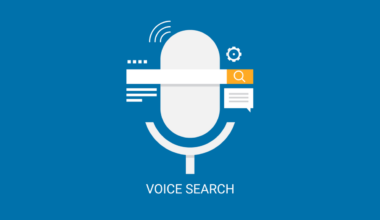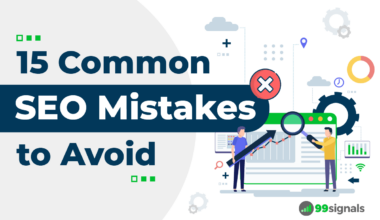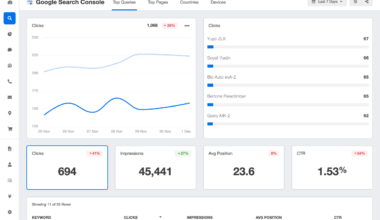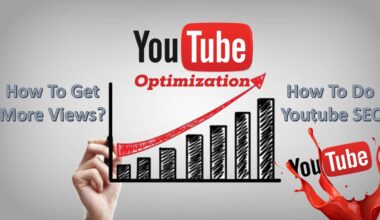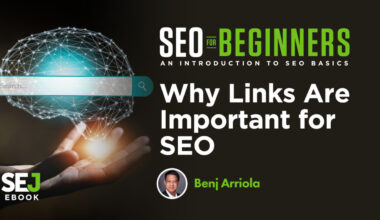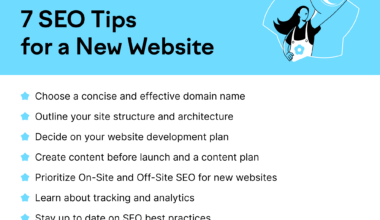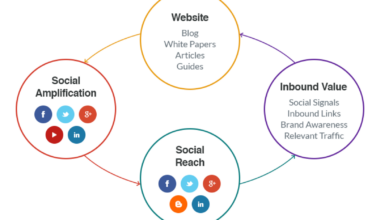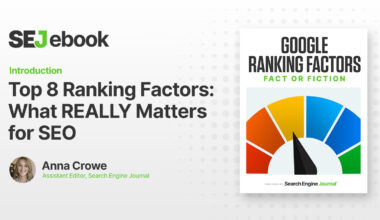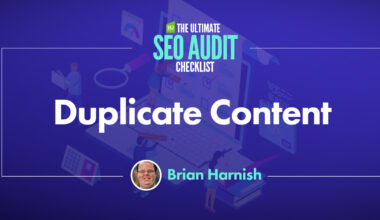Introduction to Alt Tags for SEO
When it comes to optimizing your website for search engines, you may have heard of alt tags. Alt tags, also known as alt attributes or alt descriptions, are HTML attributes that provide alternative text descriptions for images on your website. While alt tags were originally created for web accessibility purposes, they also play an essential role in search engine optimization (SEO).
Alt tags allow search engines to understand the content of your images, which in turn helps your website rank higher in search engine results pages (SERPs). By using descriptive alt tags, you can provide context to search engines about the images on your website. This makes it easier for search engines to crawl and index your site, which can ultimately boost your search engine rankings.
Not only do alt tags benefit SEO, but they also improve the user experience for individuals with visual impairments who rely on screen readers to browse the web. By providing descriptive alt tags, you can ensure that these users can understand the content of your images and enjoy a seamless browsing experience.
In the following sections, we will explore the benefits of using alt tags for SEO, best practices for using alt tags, common mistakes to avoid, and the importance of alt tags for SEO. By the end of this article, you will have a better understanding of how alt tags can improve your website’s visibility and user experience.
Benefits of Alt Tags for SEO:
Alt tags have several benefits for SEO. Below are the key benefits:
-
Improved image search:
Alt tags provide search engine crawlers with a text description of your images, which can help them understand the context of the image and rank it accordingly. This can improve your website’s visibility in image search results, leading to increased traffic and engagement. -
Increased accessibility:
Alt tags make your website more accessible to users with visual impairments who rely on screen readers. By providing descriptive alt tags, you can ensure that these users can understand the content of your images and enjoy a seamless browsing experience. -
Reduced bounce rate:
Alt tags can also help reduce your website’s bounce rate. When users search for a specific image, they are more likely to click on a website that has a descriptive alt tag that matches their search query. This can lead to more engaged users and a lower bounce rate. -
Improved page load times:
Alt tags can also improve your website’s page load times. When an image cannot be loaded for any reason, the alt tag will be displayed instead. This can prevent slow loading times caused by broken images.
Overall, alt tags are a crucial aspect of SEO that can improve your website’s visibility, accessibility, and user engagement. By using descriptive alt tags that accurately describe your images, you can help search engines understand the content of your website and ultimately boost your search engine rankings.
Best Practices for Using Alt Tags
To ensure that your alt tags are effective for SEO, it’s important to follow these best practices:
-
Be descriptive:
Alt tags should accurately describe the content of the image. Use specific keywords and phrases that reflect the image’s purpose or content. Avoid using generic phrases or spammy keyword stuffing. -
Keep it short and sweet:
Alt tags should be concise and to the point. Aim for around 125 characters or less to ensure that the text doesn’t get cut off in search results. -
Use hyphens to separate words:
If your alt tag contains multiple words, use hyphens to separate them. This makes the text easier to read and understand for both search engines and users. -
Include relevant keywords:
While it’s important to avoid keyword stuffing, including relevant keywords in your alt tags can help improve your website’s visibility in search results. Just make sure that the keywords are relevant to the image and not forced. -
Don’t duplicate alt tags:
Each alt tag should be unique and specific to the image it’s describing. Avoid using the same alt tag for multiple images, as this can confuse search engines and decrease the effectiveness of your alt tags. -
Test your alt tags:
Test your alt tags to ensure that they are working properly and accurately describing the content of your images. Use tools like
Screaming Frog SEO Spider
to crawl your website and identify any missing or duplicate alt tags.
By following these best practices, you can ensure that your alt tags are effective for SEO and improve your website’s visibility in search results. Remember to keep your alt tags descriptive, concise, and relevant to the content of your images. Test your alt tags regularly to ensure that they are working properly and providing accurate information to search engines and users.
Common Mistakes to Avoid with Alt Tags
While using alt tags for SEO can greatly benefit your website, there are some common mistakes that you should avoid to ensure that your alt tags are effective. Here are some mistakes to avoid when using alt tags:
| Common Mistakes | How to Avoid |
|---|---|
| Using the same alt tag for all images | Each alt tag should be unique and specific to the image it’s describing. Avoid using the same alt tag for multiple images, as this can confuse search engines and decrease the effectiveness of your alt tags. |
| Leaving alt tags blank or missing | Alt tags should be added to every image on your website. Leaving them blank or missing can negatively impact your website’s SEO and accessibility. |
| Using alt tags as a place for keyword stuffing | While it’s important to include relevant keywords in your alt tags, avoid stuffing them with irrelevant or excessive keywords. This can harm your website’s SEO and lead to penalties from search engines. |
| Not updating alt tags when images change or are removed | Alt tags should be updated whenever the content of an image changes or it is removed from your website. This ensures that your alt tags are always accurate and relevant to the content of your images. |
By avoiding these common mistakes, you can ensure that your alt tags are effective and beneficial for your website’s SEO and accessibility. Remember to keep your alt tags unique, descriptive, and relevant to the content of your images. Test your alt tags regularly to ensure that they are working properly and providing accurate information to search engines and users.
Final Thought: Importance of Alt Tags for SEO
Alt tags are a critical aspect of SEO that should not be overlooked. By providing descriptive alt tags for your images, you can improve your website’s visibility, accessibility, and user engagement. Alt tags allow search engines to understand the content of your images, which in turn helps your website rank higher in search engine results pages. Additionally, alt tags improve the user experience for individuals with visual impairments who rely on screen readers to browse the web.
It’s important to follow best practices when using alt tags, such as keeping them descriptive and concise, including relevant keywords, and testing them regularly. By avoiding common mistakes like using the same alt tag for all images, leaving alt tags blank or missing, and using alt tags as a place for keyword stuffing, you can ensure that your alt tags are effective and beneficial for your website’s SEO and accessibility.
In summary, alt tags are not only essential for SEO but also for providing an inclusive and accessible browsing experience for all users. By implementing alt tags correctly, you can improve your website’s search engine rankings, increase traffic, and ensure that all users can access and enjoy your website’s content.











